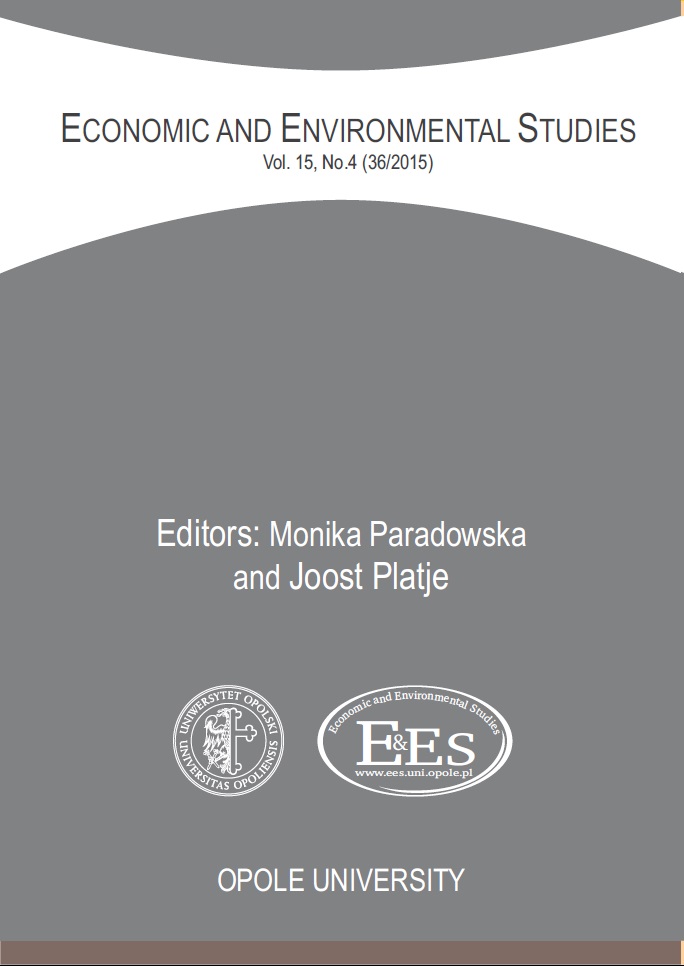Effects of socio-economic factors on urban renewal option in Ile-Ife, Nigeria
Effects of socio-economic factors on urban renewal option in Ile-Ife, Nigeria
Author(s): Adewale Olufunlola YoadeContributor(s): Monika Paradowska (Editor), Joost (Johannes) Platje (Editor)
Subject(s): Economy
Published by: Uniwersytet Opolski
Keywords: socio-economic characteristics; urban renewal; core area and Ile-Ife
Summary/Abstract: In most nations of the third world, the vast majority of the cities are plagued with various multi-dimensional urban growth problems (infrastructure, services, employment crises and so on). The problem of the central city slums and the required solution has some socio-economic, technical, administrative and socio-cultural considerations. It is in this regard that this paper has attempted an examination of the socio-cultural challenges to urban renewal in Ile-Ife, Nigeria. It has identified and examined the socio-economic characteristics of the traditional core area of Ile-Ife; examined the physical and environmental characteristics of the traditional core area of Ile-Ife; examined the existing infrastructural facilities in the traditional core area, and assessed the socio-economic variables that influenced urban renewal options in the study area. Data for the study were derived through the use of questionnaire administered on 477 houses (10% of the total number of houses in the core area of Ile-Ife) samples of household heads selected using systematic random sampling. The study revealed that majority of the buildings (83.0%) was built more than 30 years ago. Also, the common material of construction is mud. This is because 70.0% of buildings were constructed of mud and another (20.3%) were of mud bricks. Only, (9.6%) were of cement blocks. The study further revealed that more than four-fifth of the respondents (85.3%) earned less than 15,000 NGN monthly while only (14.7%) earned more than 15,000 NGN monthly.Also, multiple regression and ANOVA tests showed a high predictive influence of residents’ socio-economic characteristics such as income (78.0%), level of education (84.0%) and occupation (92.0%) on their preferred renewal options (p ≤ 0.01). The paper concluded that in urban renewal endeavours, there is need for planners to take into consideration the various socio-economic encumbrances if the affected people are to be meaningfully catered for.
Journal: Economic and Environmental Studies
- Issue Year: 15/2015
- Issue No: 4 (36)
- Page Range: 363-378
- Page Count: 17
- Language: English

